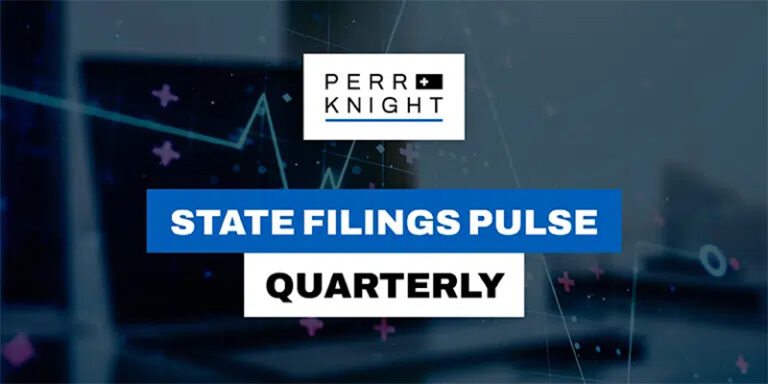A&H Insurance Advertising: Rules & Compliance Overview
- Written By Susan Cornett

Advertisements are an integral part of any A&H insurance marketing plan. Insurance companies must find ways to get and keep the attention of a prospective insured. Given that the average American sees more than 4,000 advertisements each day, insurance companies look for creative ways to attract prospective insureds. However, it’s not as simple as writing a clever ad. Insurance companies are subject to various levels of regulation and process requirements.
What is an advertisement?
An advertisement is any material that is published, printed, scripted, or displayed to a consumer. This includes, but is not limited to, postcards, electronic communications, billboards, radio or TV ads, and websites. It can also include sales talks and presentations for use by agents, brokers, producers, and solicitors.
Advertisement includes advertising material sent with a policy when the policy is delivered and material used in the solicitation of renewals and reinstatements. It also extends to the use of all media for communications to the general public, to the use of all media for communications to specific members of the general public, and to the use of all media for communications by agents, brokers, producers and solicitors. The definition of advertisement casts a wide net.
What rules apply?
Insurance advertisements are subject to federal, state, and in some cases, local statutes, regulations, and ordinances. At the federal level, insurance companies must review HIPAA marketing regulations and the CAN-SPAM Act.
The HIPAA regulation defines marketing materials as a communication about a product or service that encourages recipients of the communication to purchase or use the product or service. Applicability of the act depends on the recipient and the service or product in the communication.
CAN-SPAM sets the rules for commercial email, establishes requirements for commercial messages, and provides penalties for violations.
In addition to the federal requirements, most states have adopted some version of the NAIC’s Advertisements of Accident and Sickness Insurance Model Regulation. This regulation defines advertisements and sets forth requirements for content, control, and filing requirements. Most states require insurance companies to file Medicare Supplement and long-term care ads, but some states require that all advertisements be filed. At the local level, city and county ordinances control signage, such as those seen in traffic medians or attached to light poles.
Who controls advertisements?
Insurance companies have a duty to maintain control of their advertisements, whether those ads are created by a home office employee, a broker, or an independent agent. Insurance companies must have procedures in place to establish and maintain a system of control over the content, form, and method of dissemination of all of its advertisements.
According to our insurance support services experts, best practices include a formal advertising approval process, tracking, and record retention. States rely on insurance companies to self-monitor their advertising procedures and require a signed certification of compliance each year with the annual statement filing.
While A&H advertising requirements can be overwhelming, it’s also important to note that most states have adopted the same basic requirements with respect to content. It’s usually not necessary to create 51 versions of an ad, although there are almost always state variations.
Next steps
Whether the advertising campaign is one jurisdiction or fifty-one jurisdictions, insurance companies must understand requirements for content, filing, and distribution. Contact the insurance consultants at Perr&Knight to learn how we can provide insurance support services for advertising review and the development of processes and procedures to manage advertising.





